McGraw-Hill: Textbook Diversity
Publishing is just the start; finance is the key.
Although most people know McGraw-Hill as the publisher of textbooks and BusinessWeek magazine, the company is far more diverse. It owns Standard & Poor's, which rates companies and government entities, compiles stock research, and assembles famous indices. McGraw also has its hands in trade journals, television stations, financial information software, and a consumer-ratings agency.
The company's shares, which had been on a steady climb since August 2006, hovered near $70 on February 8. But the stock (symbol MHP) has since fallen 12%, and closed at $61.86 on March 13, down $2.18 on a day when its most famous index, the S&P 500, tumbled 2%. The stock fell despite an upgrade, to buy from hold, by A.G. Edwards analyst Michael Kupinski, who calls the recent pullback a textbook buying opportunity. Kupinski expects McGraw’s shares to fetch $76 over the next 12 to 18 months.
The stock trades at 21 times the $2.89 per share that analysts, on average, expect McGraw-Hill to earn in 2007. It sells for 19 times Kupinski's 2008 earnings estimate of $3.32 per share. That price-earnings ratio, notes Kupinski, is at the low end of McGraw's ten-year historical P/E range of 17 to 31.
From just $107.88 $24.99 for Kiplinger Personal Finance
Become a smarter, better informed investor. Subscribe from just $107.88 $24.99, plus get up to 4 Special Issues

Sign up for Kiplinger’s Free Newsletters
Profit and prosper with the best of expert advice on investing, taxes, retirement, personal finance and more - straight to your e-mail.
Profit and prosper with the best of expert advice - straight to your e-mail.
The biggest driver of McGraw's growth is its financial segment, which includes S&P. The bond ratings unit is benefiting from rapid expansion overseas, as S&P now rates more debt in Europe than in the U.S., Kupinski wrote in a note to clients. S&P is also licensing data from its well-known indices to exchange-traded funds, the ranks of which are growing at a dizzy pace.
The company's education business consists of two segments: one that serves elementary and high school students, and another that sells to the college, professional, international and adult-education markets. The K-12 segment lagged in 2006, as large states ordered fewer textbooks or bought them late in the year. But the company expects state adoptions to grow steadily over the next three years. Kupinski sees solid growth in the university, professional and international education unit through 2010, thanks to a higher number of students entering graduate school and the growth of online courses.
Of all McGraw's businesses, its information and media services unit is the clear laggard. Like many media publishers, the company is contending with a decline in advertising. Although it sees solid growth in J.D. Power, its consumer-ratings firm, and Platts, which provides energy-information and marketing services, McGraw expects 2007 print advertising to be sluggish.
But Kupinski notes that S&P's international expansion, growth in its debt-ratings services, and lineup of new products and services "should more than offset" problems in its other businesses. Another indicator of McGraw’s strength, Kupinski writes, is its recent dividend increase of 13%, to an annual rate of $0.82 per share. The company also authorized a share repurchase for up to 45 million shares.
In 2006, McGraw earned $2.40 per share, a 9% increase over 2005. Meanwhile, revenues grew 4%, to $6.3 billion. Kupinski expects earnings to grow 15% in 2007 and 13% in 2008. (The company has said it expects double-digit earnings growth in 2007.)
Profit and prosper with the best of Kiplinger's advice on investing, taxes, retirement, personal finance and much more. Delivered daily. Enter your email in the box and click Sign Me Up.
-
 Nasdaq Sinks 418 Points as Tech Chills: Stock Market Today
Nasdaq Sinks 418 Points as Tech Chills: Stock Market TodayInvestors, traders and speculators are growing cooler to the AI revolution as winter approaches.
-
 23 Last-Minute Gifts That Still Arrive Before Christmas
23 Last-Minute Gifts That Still Arrive Before ChristmasScrambling to cross those last few names off your list? Here are 23 last-minute gifts that you can still get in time for Christmas.
-
 The Rule of Compounding: Why Time Is an Investor's Best Friend
The Rule of Compounding: Why Time Is an Investor's Best FriendDescribed as both a "miracle" and a "wonder," compound interest is simply a function of time.
-
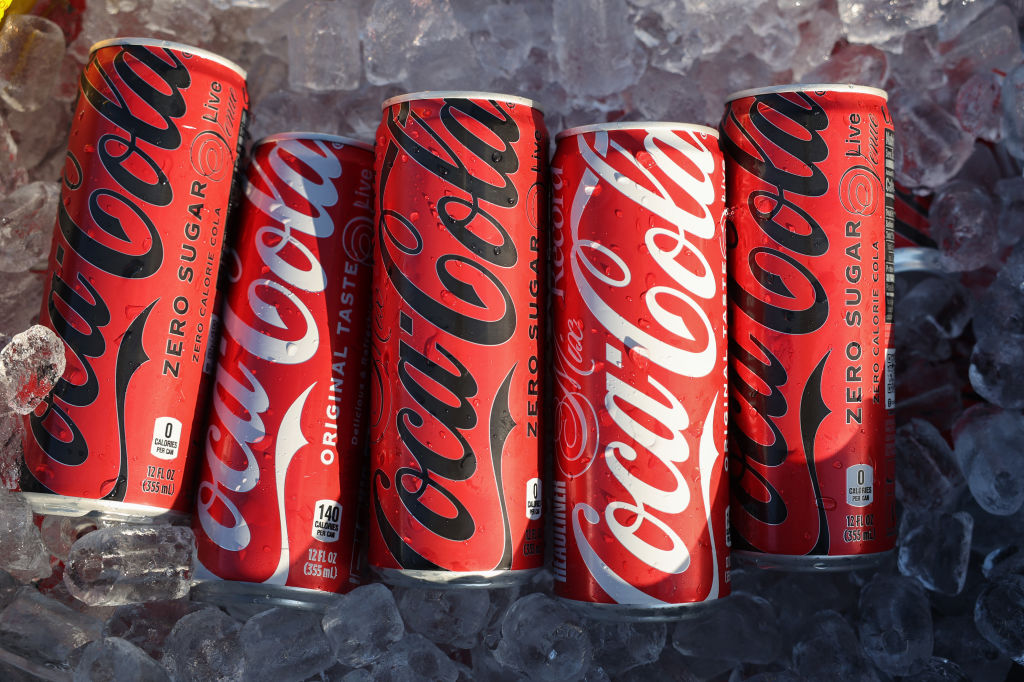 If You'd Put $1,000 Into Coca-Cola Stock 20 Years Ago, Here's What You'd Have Today
If You'd Put $1,000 Into Coca-Cola Stock 20 Years Ago, Here's What You'd Have TodayEven with its reliable dividend growth and generous stock buybacks, Coca-Cola has underperformed the broad market in the long term.
-
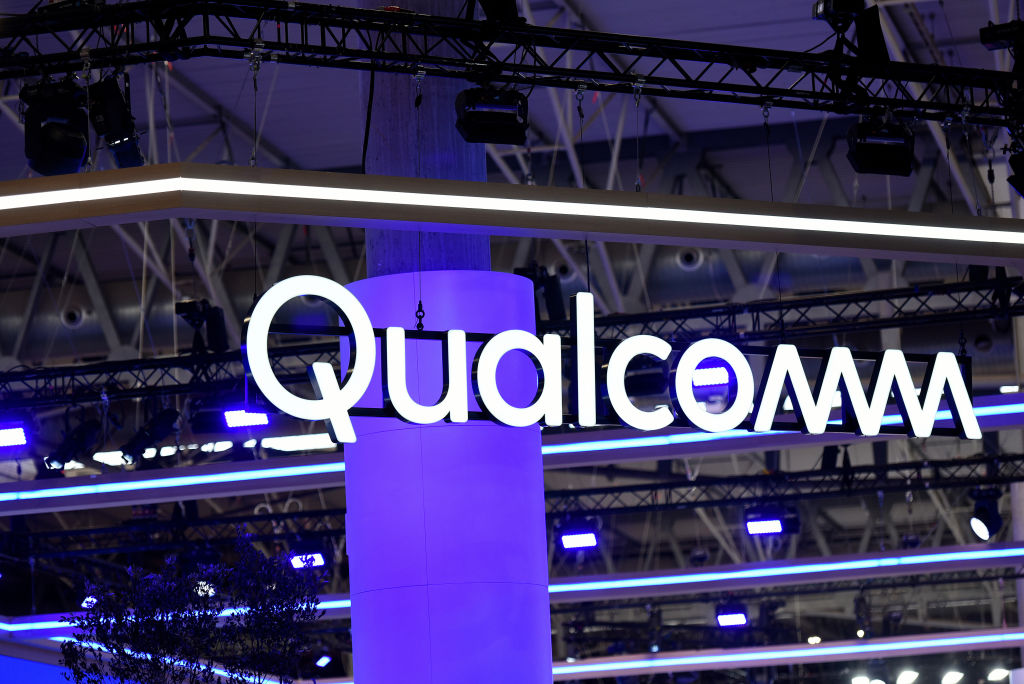 If You Put $1,000 into Qualcomm Stock 20 Years Ago, Here's What You Would Have Today
If You Put $1,000 into Qualcomm Stock 20 Years Ago, Here's What You Would Have TodayQualcomm stock has been a big disappointment for truly long-term investors.
-
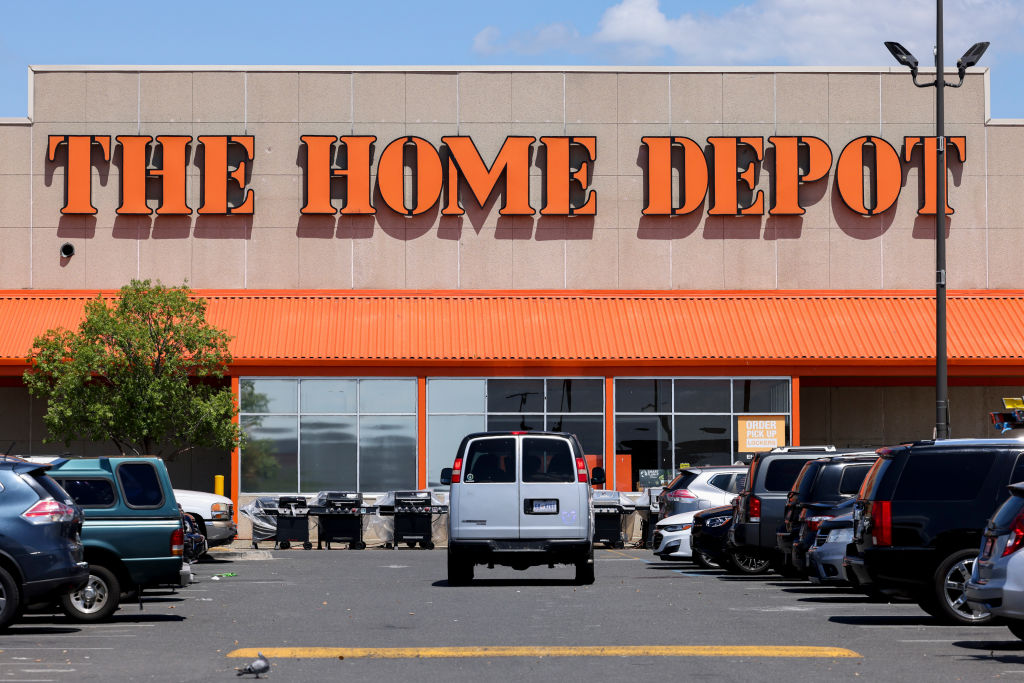 If You'd Put $1,000 Into Home Depot Stock 20 Years Ago, Here's What You'd Have Today
If You'd Put $1,000 Into Home Depot Stock 20 Years Ago, Here's What You'd Have TodayHome Depot stock has been a buy-and-hold banger for truly long-term investors.
-
 What the Rich Know About Investing That You Don't
What the Rich Know About Investing That You Don'tPeople like Warren Buffett become people like Warren Buffett by following basic rules and being disciplined. Here's how to accumulate real wealth.
-
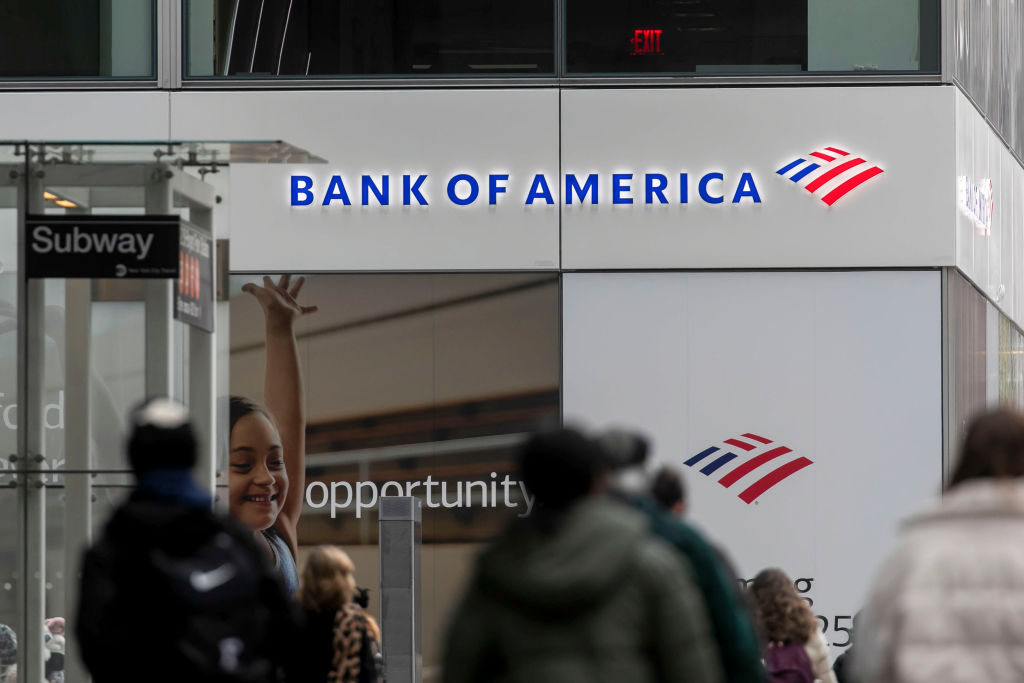 If You'd Put $1,000 Into Bank of America Stock 20 Years Ago, Here's What You'd Have Today
If You'd Put $1,000 Into Bank of America Stock 20 Years Ago, Here's What You'd Have TodayBank of America stock has been a massive buy-and-hold bust.
-
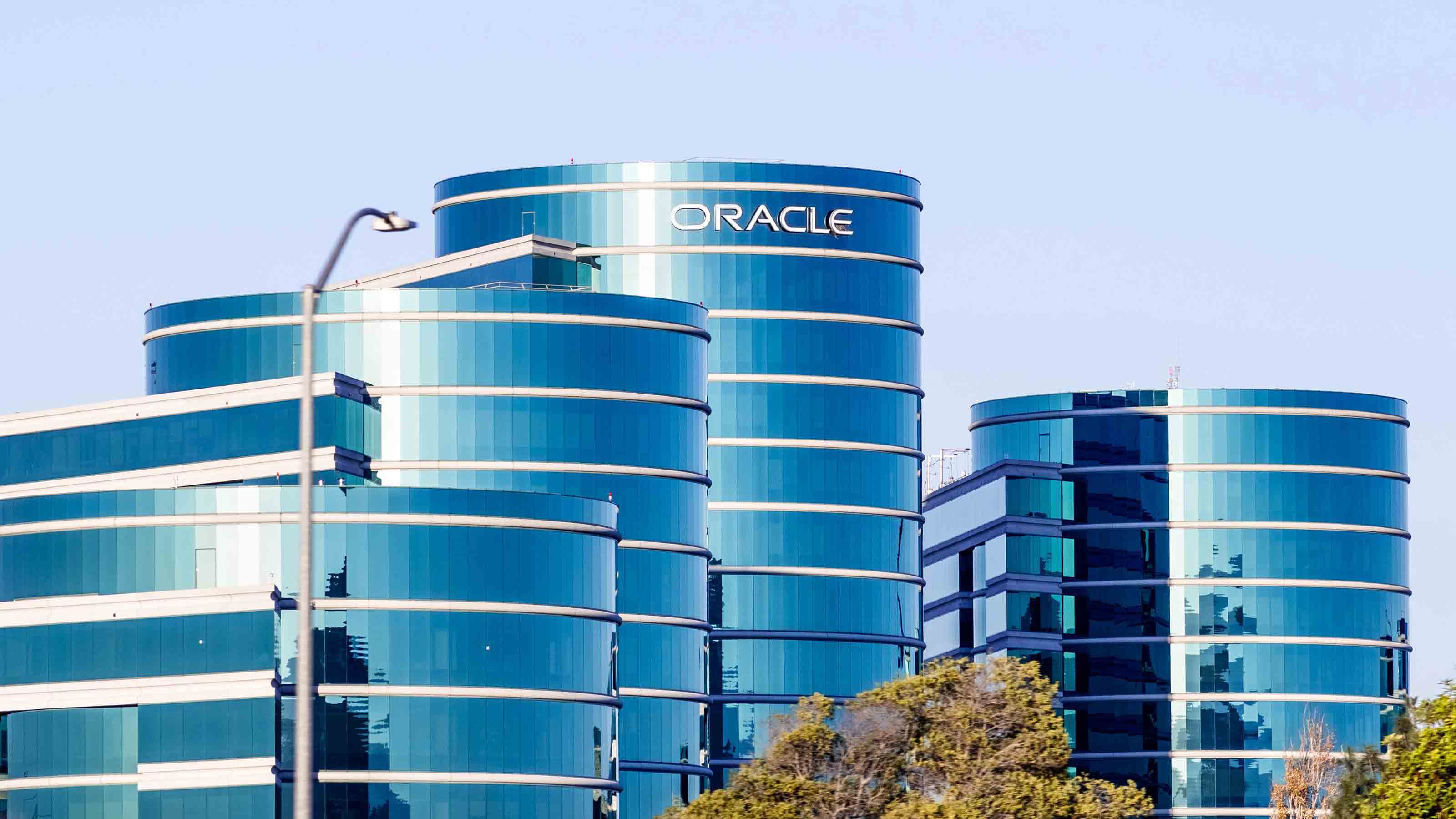
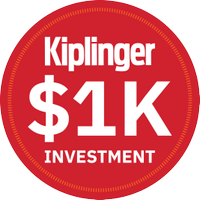 If You'd Put $1,000 Into Oracle Stock 20 Years Ago, Here's What You'd Have Today
If You'd Put $1,000 Into Oracle Stock 20 Years Ago, Here's What You'd Have TodayORCL Oracle stock has been an outstanding buy-and-hold bet for decades.
-
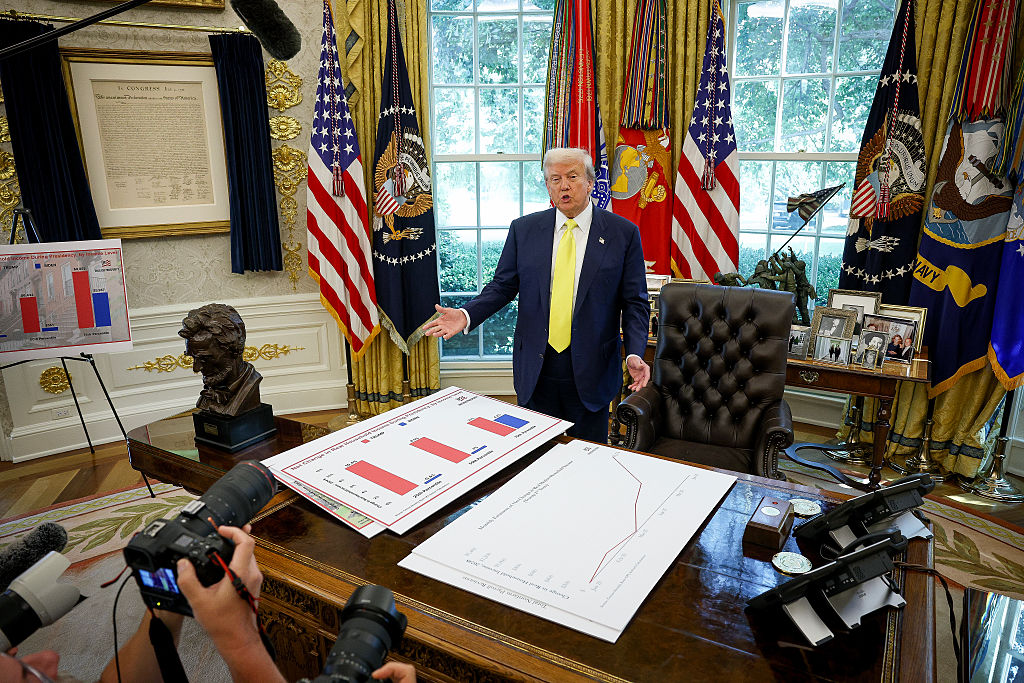 How to Invest for Rising Data Integrity Risk
How to Invest for Rising Data Integrity RiskAmid a broad assault on venerable institutions, President Trump has targeted agencies responsible for data critical to markets. How should investors respond?
-
 If You'd Put $1,000 Into Sherwin-Williams Stock 20 Years Ago, Here's What You'd Have Today
If You'd Put $1,000 Into Sherwin-Williams Stock 20 Years Ago, Here's What You'd Have TodaySherwin-Williams stock has clobbered the broader market by a wide margin for a long time.